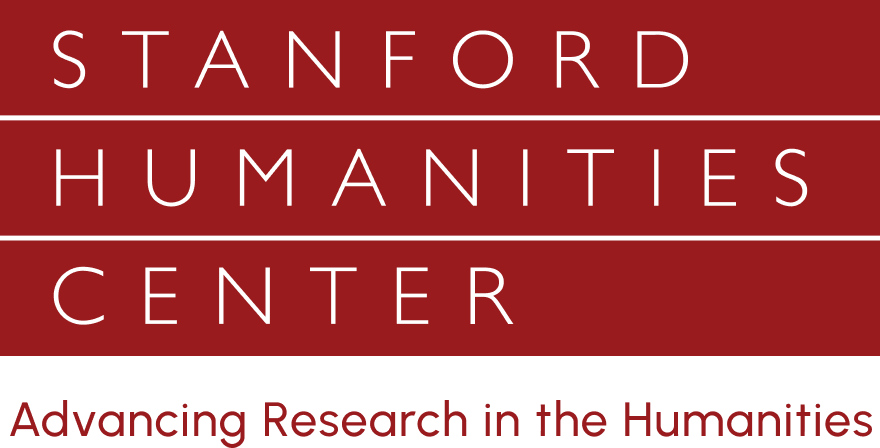The founders of modern art history, from Winckelmann, Wöfflin and Warburg to Gombrich and Baxandall owed much of their understanding of the making and response to art to their limited knowledge of neuroscience. Now recent discoveries made possible by new technologies allow us to extend their insights. Study of the brain’s processes, including important work at Stanford, makes it possible for us to reconstruct the neural correlates of much sensory and motor activity. A better understanding of the principles governing neural formation allows us appreciate what that means at the level of the individual.
This talk reviews some of the latest knowledge on such topics as neural plasticity, neural mirroring, the neural imagination and the reward system. It also illustrates the dimensions they can add to the understanding of different periods of European art, prehistoric, classical, medieval, early modern and modern. It concludes with an evaluation of why we really need neuroarthistory.





